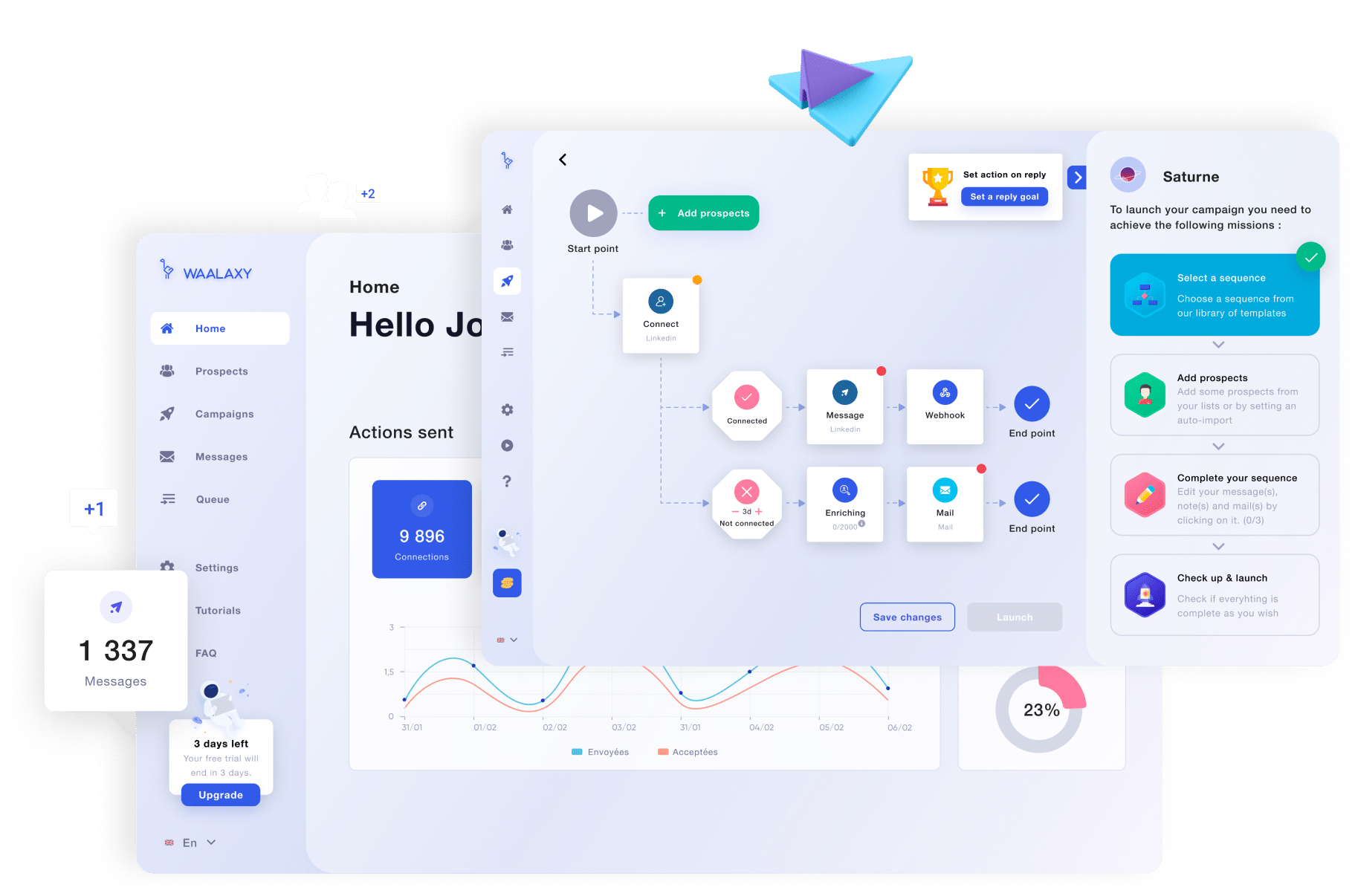Chatbots are becoming increasingly popular in marketing. 🌐 These artificial intelligence-based computer programs offer companies innovative new ways to interact with their customers.
Chatbots greatly simplify the communication process and enhance the user experience thanks to their ability to understand and instantly answer users‘ questions. 🚀 Let’s discover more!
What is a Chatbot and How does it work?
A chatbot is a computer program that simulates and processes a human conversation (written or verbal), allowing people to use digital devices as if they were communicating with a real human being. 👽
Chatbots can be as simple as answering a simple query with a one-line response, or they can be digital assistants that learn and evolve to levels of personalization in information gathering and processing. 😏 Some are more sophisticated than others.
Whether you know it or not, chances are you’ve interacted with a chatbot. 👀 For example, if you’re looking for a product on the Internet, a window will appear on your screen asking if you need help.
Or perhaps you’ve used voice commands to send a text message, etc. 👁️🗨️ These are examples of scenarios in which you might encounter chatbots.
Chatbots Meaning
Chatbots are becoming increasingly popular in marketing. 🧨 Thanks to their ability to interact with users in an automated way, chatbots offer many opportunities to improve marketing strategies and strengthen customer loyalty.
Here are some of the main uses of chatbots in marketing: ⏬
- Firstly, chatbots can be used as an effective way to automate the service. Frequently asked questions can be answered 24/7, without human intervention. 👌 This enables companies to respond quickly to customer queries and improve the customer satisfaction.
- In addition, chatbots can be used to generate leads and increase conversions. 💹 You can collect information about potential customers, evaluate them, and direct them to the right sales channels. Chatbots can also send personalized, relevant messages based on customers‘ preferences and needs, leading to an increase of sales.
- Chatbots can also be used to enhance the user experience onwebsites and mobile apps. 📱 You can guide users through the purchasing process, recommend products and services based on user preferences, and provide instant assistance with technical issues.
Let’s find out what the main types of chatbots are and some software examples! 👇
What are the 4 types of chatbots?
Best Chatbot Examples
In marketing, there are 4 different types of chatbots, each with its own features and benefits. ⚡
Here are some examples of chatbot types and popular software for each type: ⏬
- Sales support chatbot: These chatbots are specially designed to help customers purchase products or receive product recommendations. 👌 They answer questions about product features, shipping options, return policies, etc. Software examples: Tidio, LiveChat, SalesIQ.
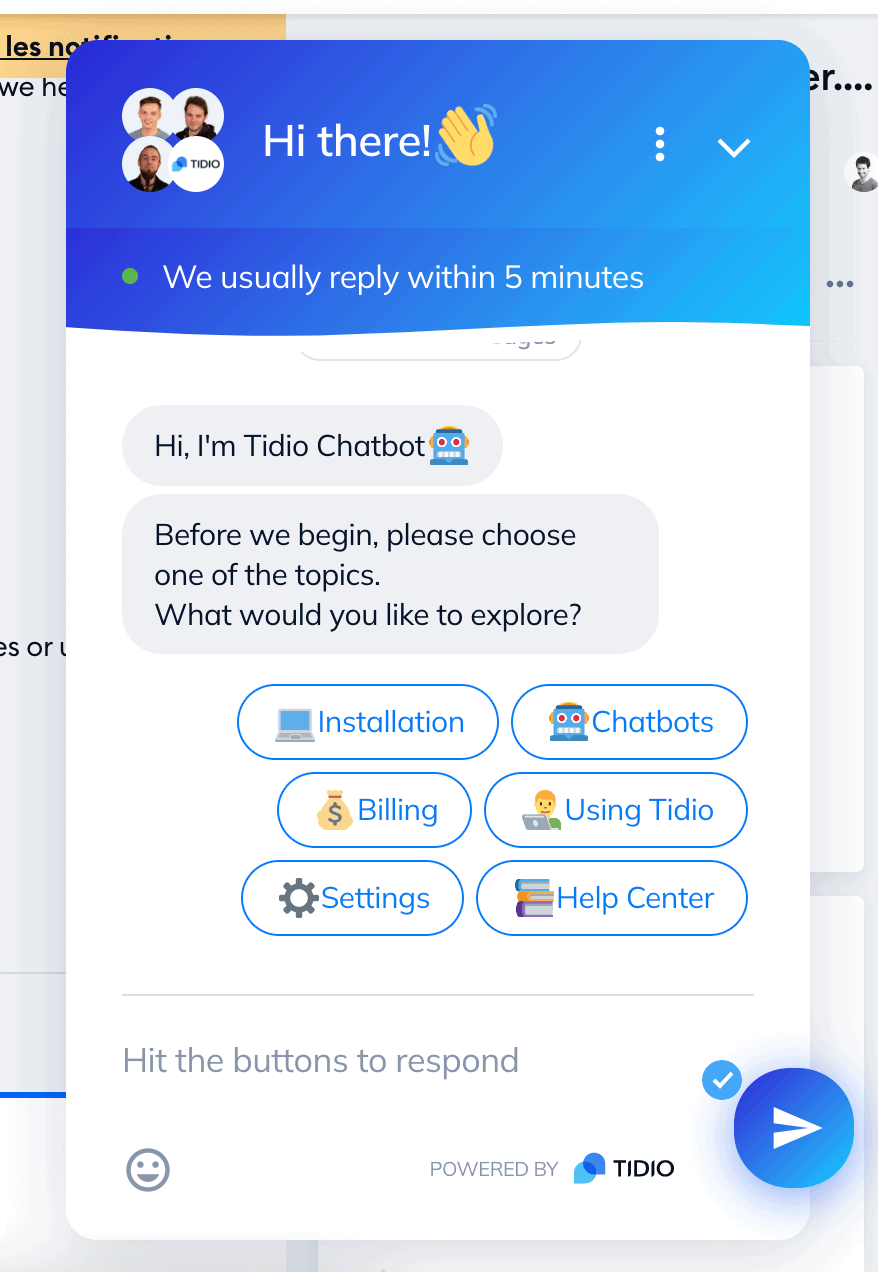
- Customer service chatbots : These chatbots are used to answer common customer questions and provide assistance. 🤌 They help resolve technical issues, provide information on company policies, direct customers to the appropriate resources, etc. Examples of software: Zendesk Chat, Intercom, Freshchat.
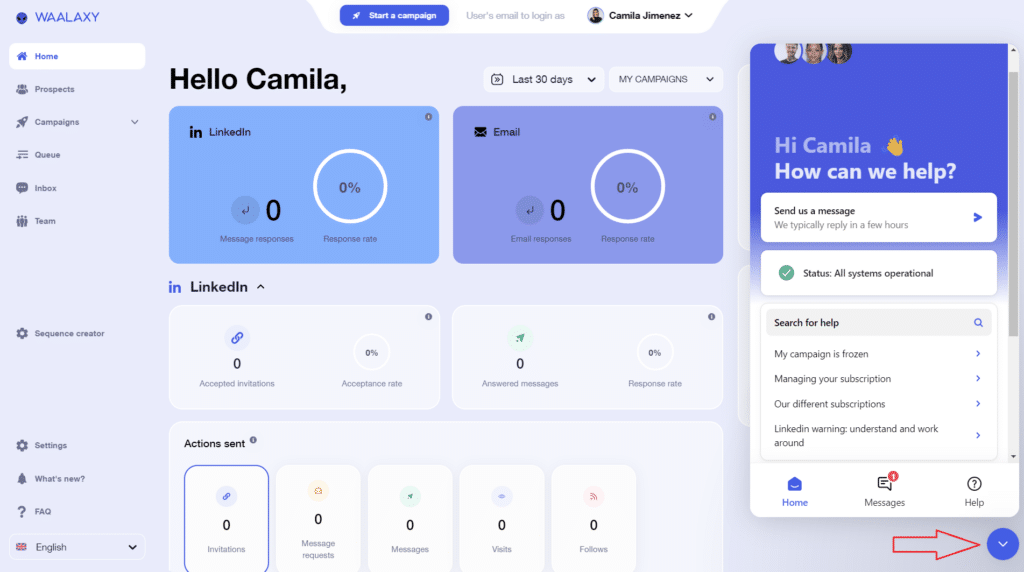
- Engagement and marketing chatbots: These chatbots are designed to target website visitors, newsletter subscribers, or social network users. 🤗 We can offer promotions and discounts, collect feedback, collect email addresses, etc. Examples of software: MobileMonkey, Chatfuel, Drift.
- Lead generation chatbots: These chatbots are optimized to collect information on prospects, including contact information and preferences. 📞 These can be used to carry out to marketing campaigns and create lead lists. Examples of software: ManyChat, JivoChat, Botsify.

Before choosing the right software, it is important to select the type of chatbot that best matches your marketing strategy and your goals. 🧲 Each type of chatbot can be customized to meet your specific needs.
Which chat bot online free tools to use?
AI Chatbot GPT: How does it work?
ChatGPT is growing in popularity, and its conversational capabilities and ability to understand the context of messages have impressed users. However, if you’re using ChatGPT for sales or support, please note that ChatGPT is not an off-the-shelf solution. 🤔
Although this tool has incredible writing and analysis skills, you’ll need to hire a developer to customize the templates available in the API and develop customer service features tailored to your specific business needs. 💯
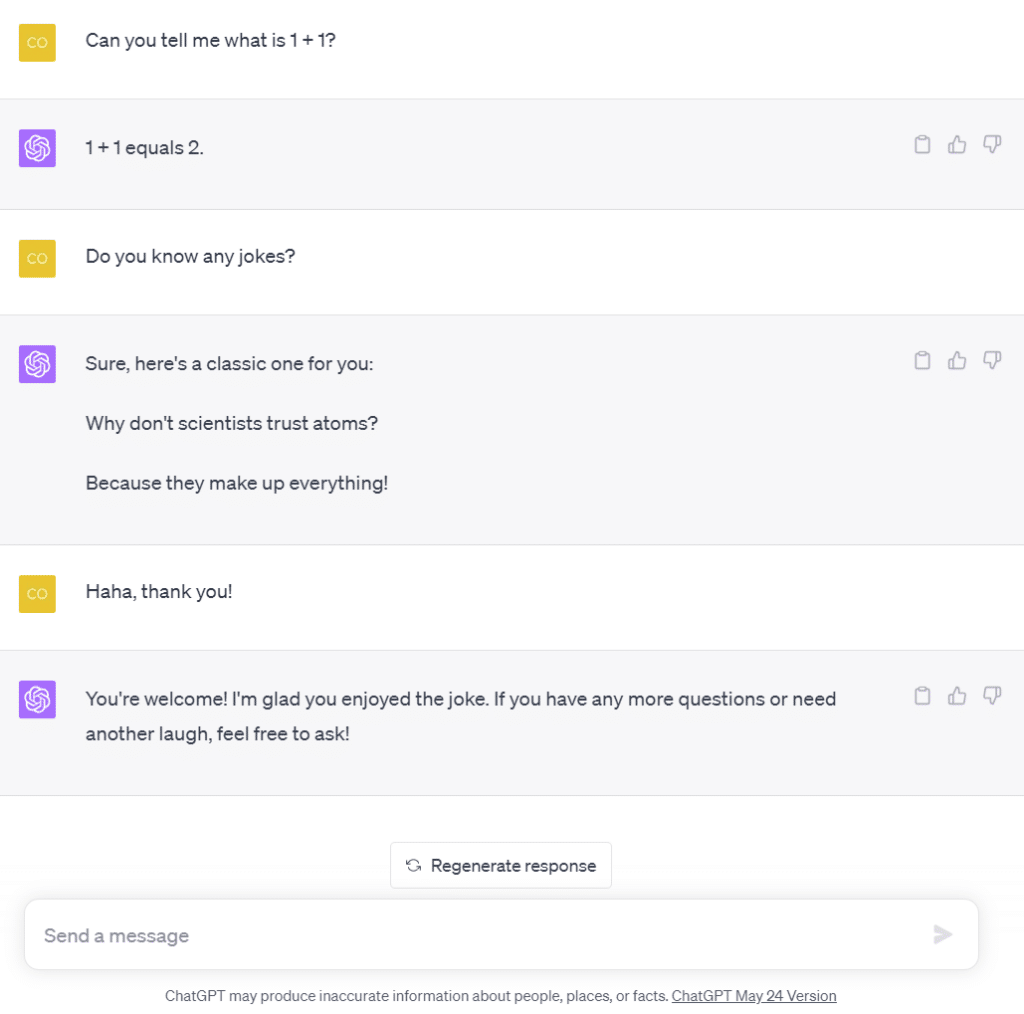
Is WhatsApp a chatbot?
No, WhatsApp is not a chatbot per se. 🙊 WhatsApp is an instant messaging application that allows users to send text messages, voice calls, and multimedia files to other WhatsApp users.
A chatbot, on the other hand, is an automated program designed to interact with users via online conversations. 🙂 It typically uses artificial intelligence and natural language processing to understand user requests and respond appropriately.
However, chat bots can be integrated with messaging platforms such as WhatsApp to offer assistance or answer users’ questions in an automated way. 💡
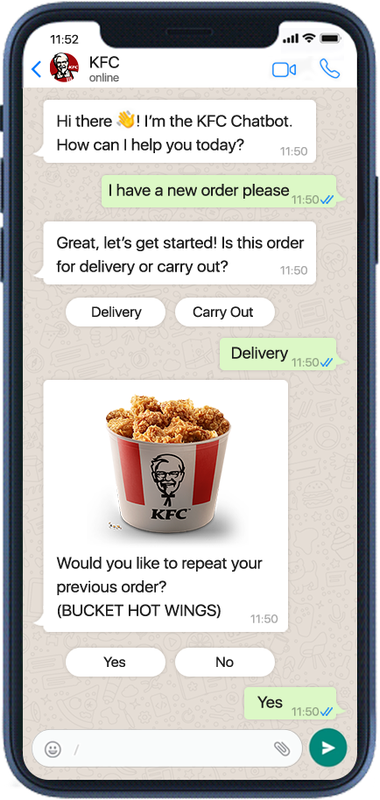
Is Siri a chatbot?
Yes, Siri is considered a chatbot. 🤖 Siri is the virtual assistant developed by Apple, which uses natural language processing technology to answer questions and perform specific tasks.
It works by providing answers based on pre-set algorithms and can interact with users via voice or text. ✍️ So, as a chatbot, Siri can answer queries, perform online searches, send messages, set reminders, and much more.
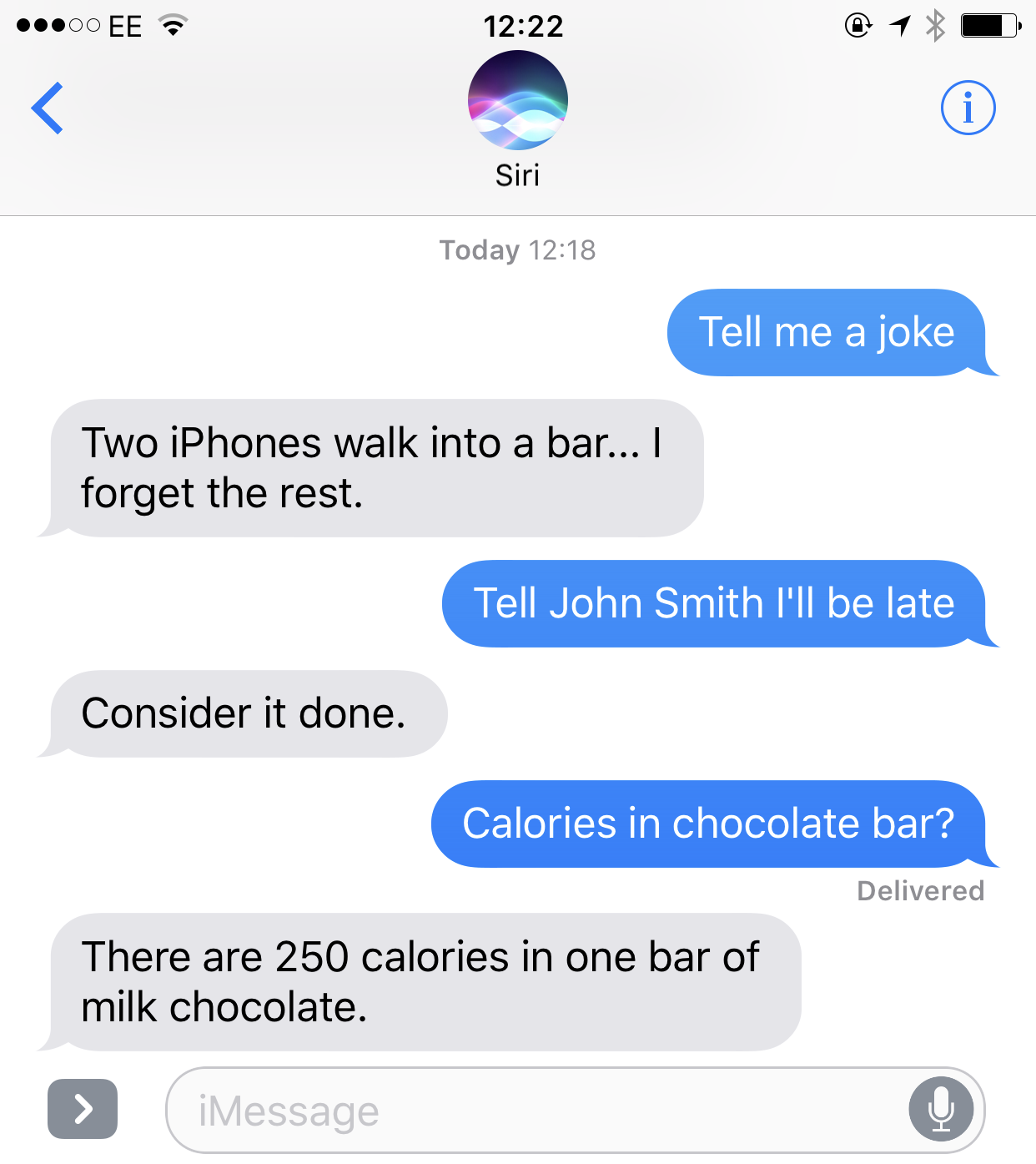
How does the Alexa chatbot work?
The Alexa chatbot is a program with artificial intelligence that interacts with users using voice. 🎺 It works on Alexa devices such as Amazon Echo smart speakers and compatible mobile devices.
It’s also worth noting that the Alexa chatbot is connected to other services and applications, such as home automation, online shopping, appointment scheduling, and more. 🗓️ This enables it to extend its functionality and interact with a variety of platforms.
In conclusion, the Alexa chatbot works by using artificial intelligence, natural language processing, and voice recognition to understand and respond to user requests, 👀 offering them a more convenient and personalized experience.

Chatbot advantages and disadvantages
AI Chatbots Advantages
The chatbot is an excellent tool for developing your business, thanks to the rise of artificial intelligence and “machine learning”.
Chatbots for businesses have several important advantages, such as: 👇
- Availability: 👋
Creating and using a chatbot is now accessible to all businesses, from small enterprises to large corporations, thanks to the democratization of conversational agents, particularly via social networks. - Task management: ⌛
A robot enables teams to offload repetitive tasks that are often tedious and have a negative impact on their productivity. - Unlimited access: 👂
The chatbot can answer users’ questions 24/7. Before waiting for an advisor, no more queues! - Reduce costs: 🤑
The chatbot reduces customer service costs by automatically managing customer requests. - Unique customer experience: 😍
The chatbot enables you to offer your customers a personalized customer experience, the opposite of mass marketing. In fact, this tool enables you to start a conversation in person and gives the user the impression of being accompanied throughout their purchasing journey. The bot can also relay a brand’s culture, making the experience even more enjoyable. - Content enhancement: 👌
Finally, chatbots are a great way to monitor user behavior, including search terms, frequently asked questions, and consumer habits. This data is invaluable, as it can enable the company to improve its product or service to enhance the customer experience and, consequently, generate more revenue.
Chatbots AI Disadvantages
The use of AI chat bots has certain disadvantages that need to be taken into account when configuring the system. 🛠️
Potential disadvantages could be: 👇
- Lack of customization: 🙊
The answers from chatbots can lack personalization, which can frustrate customers who wish for a more human and personalized interaction. This can lead to poor satisfaction. - Language limitations: 👅
The chatbots can have some difficulty understanding and responding to complex questions or questions written in non-conventional languages. This can limit its usefulness in multilingual environments. - Errors of understanding: 🤔
The chatbots can misunderstand natural language and provide incorrect or inappropriate answers. This is misleading and can harm the brand image. - Loss of emotional connection: 🥹
The chatbots don’t have the ability to provide emotions or recognize emotions. This can leave the customers feeling isolated and frustrated by their experience, especially if they need support or empathy. - Complexity of updates : ⚡
The chatbots require updates to stay relevant and effective. This can lead to additional costs and many efforts for your maintenance team. - Risk of overdependence: 😥
A dependence on chatbots can be to the detriment of human interaction in the real world and an excessive dependency on the technology. This can lead to a decrease in customer loyalty.
It is important to note that these disadvantages do not necessarily apply to all chatbot use cases. 🤭 Nevertheless, they must be taken into account to maximize the benefits of this technology while minimizing its limitations.
Conclusion: What are chatbots?
Chatbots are generally used in conversational marketing strategies. 🗣️ This refers to all the measures taken to enable a consumer to speak with a brand.
Here are a few examples of how a chatbot can be used: ⏬
- Assistance: 👍 A chatbot can be integrated into your customer service department to answer users’ most frequently asked questions and guide them through their journey. These relieve teams and increase user satisfaction with an almost instant response.
- Tips and suggestions: 📣 You can integrate a chatbot into an e-commerce website to guide customers through their purchases, recommend products based on their needs or preferences, and offer payment integration into the conversation.
- Brand experiences: 🏷️ Some companies offer creative chatbots that embody their brand and tell their story with well-written stories to reinforce their brand image.
- Collecting customer reviews: 🧐 It’s possible to program a conversational agent to obtain additional consumer reviews of a brand, product or service.
In practice, 💡 companies can be innovative and create a chatbot with multiple functions. The ultimate goal of a chatbot is to improve the user experience!
FAQ of the article
What are chatbots in simple words?
There are many types of chatbots: 👇
- Simple chatbots based on rules: These robots operate on predefined questions and scenarios and follow a linear conversation. 🛣️ Generally, this type of chatbot offers users the possibility to interact by pressing a button, which redirect them to different scenarios.
- Intelligent chatbots powered by AI: These robots understand natural language and can parse sentences to analyze user intent. 🧐 Thanks to this machine-learning system, the chatbot gets a little better with each exchange. For example, an AI chatbot can understand misspelled words, but it won’t be able to provide an answer.
- Hybrid chatbots: These bots combine artificial intelligence and human intervention. 🤝 In concrete terms, the human agents take over when the conversational agents are unable to respond to requests.
What is the difference between Chat and Chatbots?
Chats and chatbots are two terms that seem similar, but in fact refer to two different concepts in marketing. So what‘s the difference between the two? 🧐
A chat, also known as live chat, is a means of real-time communication between businesses and potential or existing customers. It enables consumers to ask questions, request information, or resolve problems directly with company representatives.
This is usually an instant messaging system integrated into the website of your company. 👈
Chatbots, meanwhile, are computer programs that use artificial intelligence to mimic conversations with users. 🗣️ They are designed to automatically answer the most frequently asked questions by customers and website visitors.
Chatbots can be pre-programmed with specific answers or continuously learn and improve through machine learning. 👽
So, the main difference between chats and chatbots is that chats are based on real human interactions, whereas chatbots are automated systems. 💥
Both can provide assistance and interaction with customers, but chatbots are often used when companies want to provide fast, ⚡ efficient responses while reducing the costs associated with hiring customer service representatives.
Which websites use Chatbots?
The chatbot is an extremely popular live chat tool used by big companies like Shopify, Uber, Slack, and Airbnb. It is used by support or sales teams, the chat helps to track customers and communicate with them at the right time. 💯
An example of a website that uses a chatbot is an e-commerce company. 💻 The chatbot is an interactive tool that enables site visitors to get quick answers to their questions and receive real-time assistance.
Using artificial intelligence and machine learning, the chatbot can understand natural language and provide accurate, personalized information to help users in their purchasing journey. 🏃
Whether it’s getting product recommendations, tracking an order, or solving a problem, the chatbot delivers a smooth and efficient customer experience, improving user satisfaction and the company’s business results. 🚀

There you have it! Now you know how Chatbots really work! 🤖

